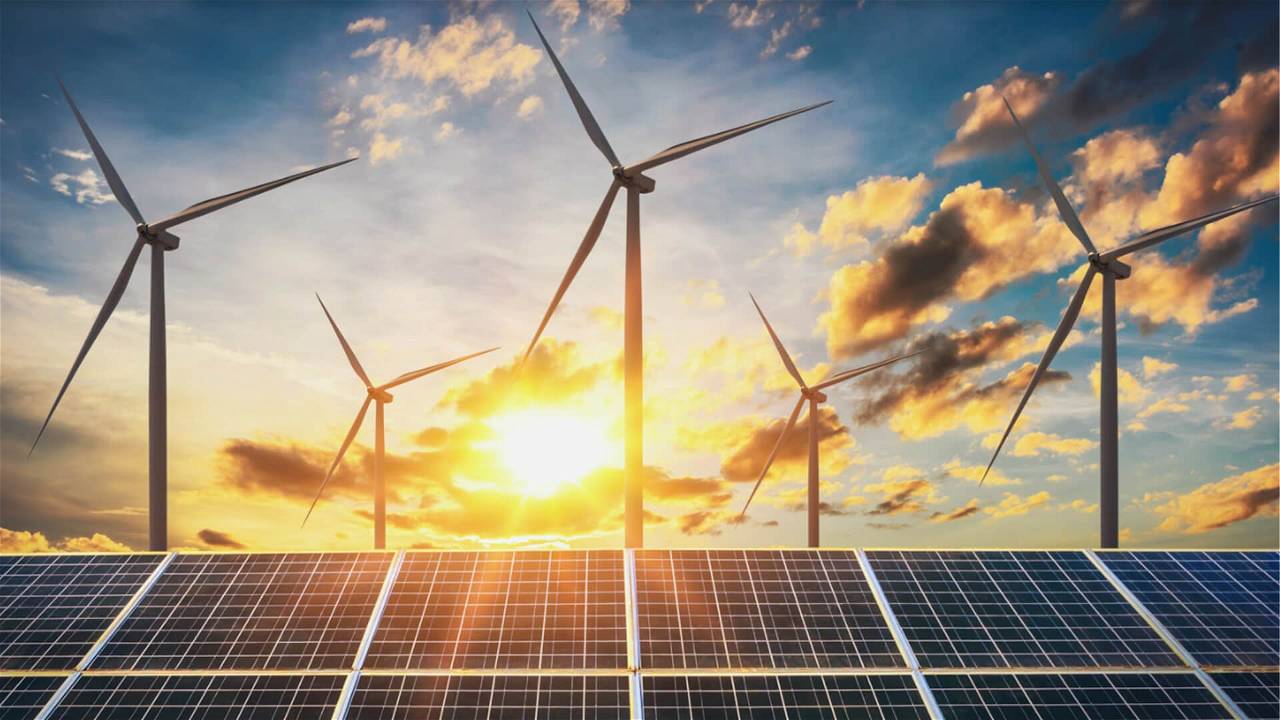
As a Party to the United Nations Framework Convention on Climate Change (UNFCCC), India periodically submits its National Communications (NCs) and Biennial Update Reports (BURs) to the UNFCCC which includes national Greenhouse Gas (GHG) inventory.
As per India’s third BUR submitted to the UNFCCC in February 2021, total GHG emissions, excluding Land Use Land-Use Change and Forestry (LULUCF) in 2016 were 2,838.89 million tonne CO2e and 2,531.07 million tonne CO2e with the inclusion of LULUCF. India’s total GHG emission also includes CO2 emissions from the oil & gas sector and industrial processes and product use (IPPU) sector.
Carbon Capture, Utilization, and Storage (CCUS) are emerging areas of research. Its efficacy is yet to be fully established in terms of techno-economic feasibility. The Department of Science and Technology (DST) works in the area of CCUS through an emphasis on research and development and capacity building of both human resources and infrastructure to evolve appropriate technologies and methodologies. The Department of Science and Technology and Department of Biotechnology in 2018, had launched a Joint Funding Opportunity Announcement (FOA) for inviting proposals on Innovation Challenge on CCUS under the multilateral Mission Innovation (MI) initiative to undertake joint Research & Development with MI member countries to identify and prioritize breakthrough technologies in the field of CCUS.
DST has supported 19 CCUS R&D projects during the last three years.DST also participated in the Accelerating CCUS Technologies collaboration Programme for adopting global practices and accessing translational research for the transfer of CCUS technologies.
As a developing country Party under the UNFCCC and its Paris Agreement, India is not required to undertake de-carbonization of any sector, in keeping with the principle of equity and in accordance with the principle of common but differentiated responsibilities and respective capabilities. However, India is committed to development along a low-carbon pathway while maintaining its commitment to sustainable development. To meet this objective, India has undertaken a number of programmes, initiatives, schemes, and other steps.
Through the National Action Plan on Climate Change (NAPCC) and its various National Missions, India is addressing climate change mitigation and adaptation across a range of sectors. The installed capacity of solar energy in India has increased by more than 18 times from 2.63 GW in March 2014 to 47.66 GW in October 2021. As a result, India’s current share of non-fossil sources based on the installed capacity of electricity generation is more than 40%.
Under Unnat Jyoti by Affordable LEDs for All (UJALA) scheme, a total of 36.78 crores LED bulbs have been distributed to enhance energy efficiency. Perform Achieve and Trade (PAT) scheme for energy efficiency in industries and other energy-intensive sectors resulted in total savings of approximately 13.28 million tons of oil equivalent, translating into 61.34 MtCO2 of avoided emissions in the PAT Cycle II.
Forest and tree cover has increased by 13031 km2 between the 2015 and 2019 assessments of the Forest Survey of India. Forest and tree cover sequestered 331 MtCO2 in 2016 which is around 15% of total carbon dioxide emissions occurring in the country. India's LULUCF sink (CO2 removal) is on the rise by 3.4% between 2014 and 2016 and by approximately 40% between 2000 and 2016.
India is making every effort to decouple its growth from emissions, by steadily lowering the emissions intensity of its GDP over the years. This keeps India’s GHG emissions below what would otherwise have been emitted. It is important to emphasize that there is no sector of India’s economy and no aspect of its economic life that is untouched by a concern to keep to a low-carbon development pathway.
Based on field surveys and satellite data, the National Centre for Sustainable Coastal Management has estimated the total extent of the seagrass ecosystem in India to be 516.59 km2. The CO2sequestration rate of the seagrass ecosystem is estimated to be up to 434.9 tonnes/km2/year with an annual net CO2 sink of 0.75 million tonnes for an area of 517 km2.
Further, the Government has also initiated a project across the States of Andhra Pradesh, Maharashtra, and Odisha on Enhancing climate resilience of India’s coastal communities at a total cost of US $130.269 million which includes a grant of US$ 43.419 million by the Global Climate Fund (GCF) covering 24 ecosystems in these selected States which aims to strengthen the climate resilience of coastal communities by protecting and restoring India’s natural ecosystems such as mangroves and seagrass.
This information was provided by Ashwini Kumar Choubey, Minister of State in the Ministry of Environment, Forest and Climate Change in Lok Sabha.
Source - PIB

















